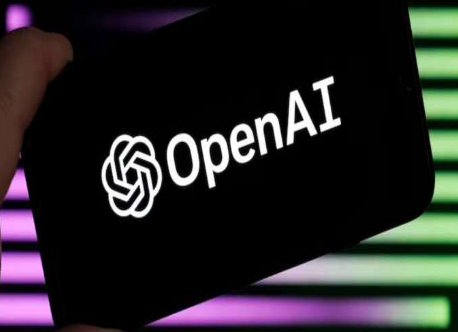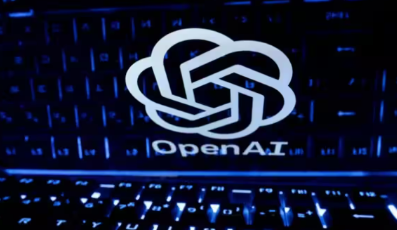OpenAI, now under Microsoft’s umbrella, has introduced an upgraded version of its text-to-image tool known as ‘DALL·E 3,’ powered by the AI chatbot ChatGPT. Currently in research preview, DALL·E 3 will be accessible to ChatGPT Plus and Enterprise subscribers in October through the API and in Labs later this autumn.DALL·E 3 is uniquely integrated with ChatGPT, enabling users to leverage ChatGPT as both a brainstorming partner and a prompt refiner. By simply expressing their desired image concept, users can receive customized, detailed prompts from ChatGPT tailored to DALL·E 3. Should users want to make slight modifications to an image, they can instruct ChatGPT with just a few wordsThis integration of DALL·E 3 with ChatGPT offers users a seamless and creative way to generate highly detailed and tailored images from textual prompts, advancing the potential for AI-generated content in various applications.
OpenAI claims that DALL·E 3 exhibits an enhanced ability to understand nuance and detail, making it proficient in transforming users’ ideas into highly accurate images. In addition, OpenAI assures users that the images they create with DALL·E 3 remain their property, granting them the freedom to reprint, sell, or merchandise these images without seeking OpenAI’s permission.Furthermore, OpenAI has implemented safeguards to restrict DALL·E 3’s capacity to generate violent, adult, or hateful content, a concern that had arisen with previous versions of the tool. DALL·E 3 has also been programmed to decline requests for images mimicking the style of living artists. Creators can now opt to exclude their images from future image generation model training by OpenAI

OpenAI on Wednesday unveiled Dall-E 3, the latest version of its text-to-image tool that uses its wildly popular AI chatbot ChatGPT to help fill in prompts. Dall-E 3 will be available to ChatGPT Plus and Enterprise customers in October via the API, the company said. Users can type in a request for an image and tweak the prompt through conversations with ChatGPT. “DALL-E 3 can translate nuanced requests into extremely detailed and accurate images,” the company said in a statement.OpenAI said the latest version of the tool will have more safeguards such as limiting its ability to generate violent, adult, or hateful content. The tool also has mitigations to decline requests that ask for images of a
OpenAI disrupted the tech industry with its groundbreaking AI chatbot, ChatGPT. Running on GPT-3.5, the AI tool sent millions of people in a frenzy of sorts and people began experimenting with the chatbot. A couple of months later, we saw Microsoft unveiling its own AI tool, the all-new Bing AI. And Bing AI could do what ChatGPT cannot, generate images from text prompts.Powered by OpenAI’s Dall-E, Bing AI is today used by people across the globe to generate AI images. Now, Dall-E has been around since November 2021. And in 2022, it got more powerful with the launch of Dall-E 2.Recently, OpenAI unveiled Dall-E 3 which is even more powerful than its predecessor and can generate finer images from text prompts. What’s more? You don’t even have to be that good at writing prompts because Dall-E 3 has been integrated with ChatGPT, and the AI chatbot will write the prompt for you.
Until now, writing the correct, detailed prompt to generate an AI image was considered a skill. However, with the arrival of Dall.E 3, all you have to do is describe what you want the image to be about and ChatGPT and Dall-E will take care of the rest. OpenAI, in its website, said that since Dall-E 3 is built on ChatGPT, users can rely on the AI chatbot to make their prompts better and detailed public figure by name, or those that ask for images in the style of a living artist. OpenAI said creators could opt out of using some or all of their work used to train future text-to-image tools. OpenAI’s race to create accurate text-to-image AI tools has several competitors, including Alibaba’s Tongyi Wanxiang, Midjourney and Stability AI, who continue to refine their image-generating models.

